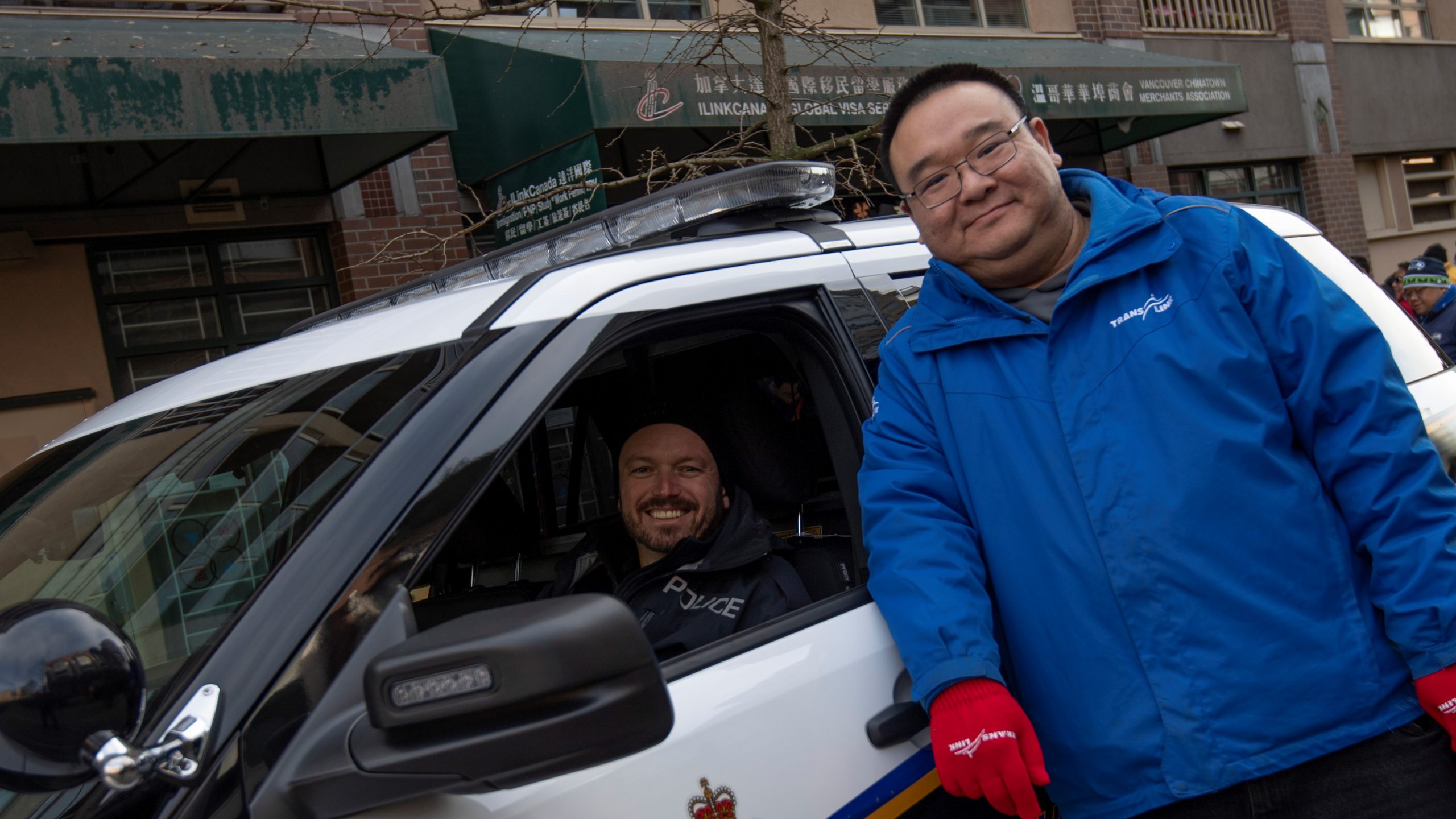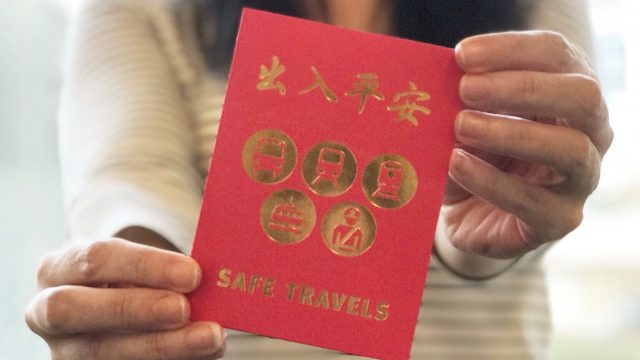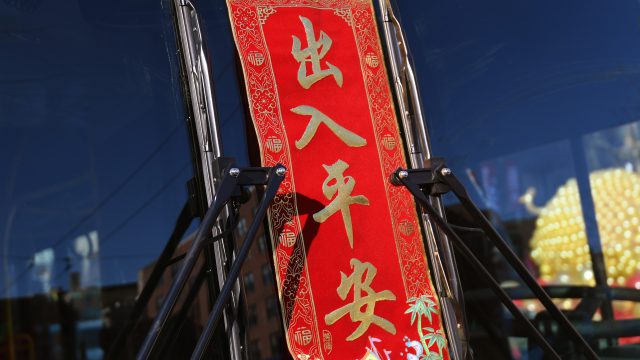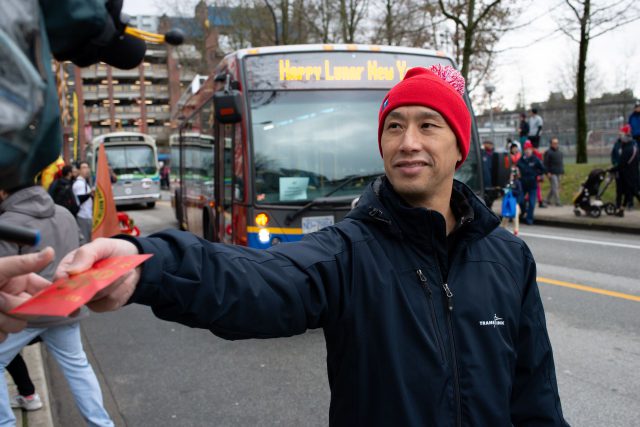Celebrating Lunar New Year: one perspective
Celebrating Lunar New Year: one perspective

Family and tradition.
Those are the pillars for Lunar New Year, no matter where you’re celebrating and who’s celebrating.
In North America, Thanksgiving and Christmas are by far the largest travel days as people traverse the continent to visit and celebrate with family. That’s Lunar New Year for people in places like China, South Korea, Singapore, Hong Kong, Indonesia, Taiwan, and Vietnam.
It is also widely celebrated in Canada, the United States and countries around the world that have a large Asian diaspora.
Lunar New Year marks the beginning of a new year on the lunar calendar, which uses the phases of the moon – how long it takes to transition from one full moon to another – to tell time. It always falls between late January and early February.
Lunar New Year, Chinese New Year, or something different?
How to celebrate varies from culture to culture, country to country, and sometimes even family to family.
As a Canadian with family ties to Hong Kong, Chris Chan celebrates Chinese New Year, which is how Chinese people mark Lunar New Year.
Chris, who works at Coast Mountain Bus Company as a travel training manager, explains that Chinese New Year is commonly referred to as the Spring Festival.
Preparation begins around the 23rd of the final month in the lunar calendar and goes through the first 15 days of first month.
“You go shopping because you have to prepare to visit family and friends,” he says. “You clean your house, usually 2-3 days before, and perform rituals to honour ancestors before the big family reunion dinner on New Year’s Eve.”
Dinner takes place at the eldest family member’s house where families eat a carefully curated dinner that aims to ring in the new year with as much good luck as possible.
“You always have to have fish because the Chinese pronunciation for fish is similar to the word for plentiful,” says Chris. “The glutinous rice balls (tang yuan in Mandarin) sound like family together. And there’s also longevity noodles for a long life and dumplings (jiaozi), which look like a gold bar symbolizing prosperity.”
For Chris, the rice balls are a must at his dinner given the Chinese word’s pronunciation sounding like “together as a family.”
Celebrating differently this year

Together continues to mean something different through the pandemic.
For most families, it’s Chinese New Year tradition to visit with your immediate family during the first few days of the holiday, and then you spend the rest visiting with extended family and friends. The purpose is to bring them good luck, fortune and happiness to your family, and to ward off evil spirits.
If you are married, you would hand out red envelopes with cash inside to children, family and friends. You also gift oranges, pomelos, kumquats, or tangerines, which all symbolize good luck, fortune and happiness.
“I think the essence of Chinese New Year is showing that you’re polite and you care,” Chris says, noting there’s other ways to show this to your family and friends this year.
His children are the youngest in his extended family, so naturally they will be doing the ‘visiting.’
“My kids will have to phone or Zoom call everyone in the family from Vancouver to Hong Kong to China – just everywhere.”
Gung hay fat choy
Each call will kick off with one of the many Chinese New Year greetings like sun nin fai lok, which is how Cantonese speakers say, “happy new year,” and gung hay fat choy, which is how you say, “wishing you great happiness and prosperity.” Cantonese is one of two main Chinese languages spoken in Metro Vancouver.

With these virtual visits, Chris admittedly has dialed back his decorations this year but is heartened to see decorations popping up in the community. People in New Westminster’s Sapperton neighbourhood came together to decorate their houses for Chinese New Year, while lanterns are lighting up a laneway in North Vancouver.
Chris explains Chinese New Year decorations include lanterns to ward off bad luck and evil spirits, as well as red banners with well wishing Chinese words and phrases like “instant success,” “may your work go smoothly” and “peace and safety when travelling.”
Another important decoration is the Chinese character “fortune” on a red diamond-shaped paper, hung upside down. Why upside down? It’s believed that doing so would cause good fortune to literally descend down on their house.
Join in
Chris encourages you to find your own way to join the Lunar New Year celebrations this year.
In years past, TransLink and its staff participated in Lunar New Year festivities by marching in the annual Lunar New Year Parade in Vancouver’s Chinatown. Thousands would take the SkyTrain to Stadium–Chinatown Station to take in the sights and sounds.

“One way we can all celebrate Lunar New Year this year is perhaps include a phrase or greeting in your communication on Lunar New Year,” says Chris.
“Maybe on that day say, gung hay fat choy or gong xi fa cai, which is wishing you great happiness and prosperity in Cantonese and Mandarin respectively. You can also say, xin nian kuai le (pronounced shin nee-an kwai le in Mandarin), which is happy new year.”





